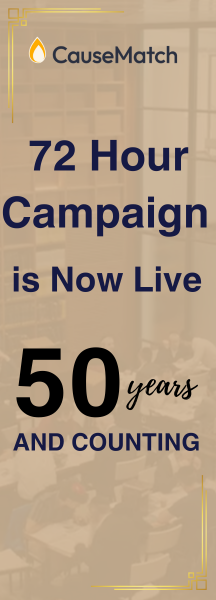Menachos 79 - 85
Coals to Newcastle, Straw to Eforayim
Eforayim is cited by the Mishnah as one of the areas in Eretz Yisrael noted for the quantity and quality of its grain, and thus a preferred source for the grain used in meal offerings. With the abundance of grain there is, naturally, an abundance of straw as well.
This is the area referred to in the famous dialogue between Egypt's leading sorcerers and Moshe Rabbeinu, whom they suspected of using sorcery in bringing the plagues upon an Egypt notorious for its expertise in sorcery.
Yochna and Mamrei: "What are you trying to do - bring straw to Eforayim?"
Moshe: "There is a folk saying that one should bring his vegetables to a place where vegetables are sold."
Rashi interprets the response of Moshe to the challenge of the sorcerers as a comical rebuff to their cynical question. But Maharsha offers a different perspective:
The Prophet Yirmiyahu (23:28) draws a sharp line between true and false prophets by declaring: "The prophet who has a dream shall relate his dream (like any fanciful dream but not as prophecy - Rashi), and he who has My word shall state My word as truth; for what connection is there between straw (falsehood) and grain (truth) - thus spoke Hashem."
The Egyptian sorcerers accused Moshe of dealing in the same sort of lie - symbolized by straw - as they were.
Moshe responded with an allusion to vegetables brought to market. There is no standard produce. Some vegetables are of superior quality while others are inferior. The produce you bring to market, he told Yochna and Mamrei, is indeed sorcery as worthless as straw, but what I am doing in regard to the plagues is the real thing because it comes from the Creator.
- Menachos 85a
The Day They Smashed Their Axes
Just as the Torah insisted that the animals offered as sacrifices be without blemish so too did it insist that everything accompanying them on the altar be without blemish - the meal offering, and even the wood used for fuel.
The Mishnah (Mesechta Midos 3:5) states that any log which was wormy was disqualified from use on the altar. The Sage Shmuel, in our own Talmudic section, qualifies this: If the log is dry we may simply scrape off the wormy part, but if it is damp this is not feasible and the log is therefore disqualified.
This ruling serves as the background for the special nature of a date we mark only three days after this daf will be learned. The Talmud (Mesechta Taanis 26b) states that the greatest days of celebration in Israel were Yom Kippur and the Fifteenth of Av (July 31 '96). The Sages Rabbah and Rabbi Yosef thus explain the uniqueness of the latter: Rabbi Eliezer the Great has already taught us that wood for the altar was no longer cut from trees from the Fifteenth of Av on because the heat of the sun was no longer strong enough to dry the wood and render its worms removable. Since this day marked the conclusion of that year's mitzvah of woodcutting for the altar, it was joyfully referred to as "the ax-smashing day," and was a focus of celebration just as we celebrate completing the reading of the Torah on Simchas Torah or the siyum of a Talmudic tractate all year round.
- Menachos 85b







